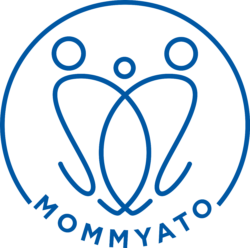
22 Apr 5 Essential Tips for Recovery after a C-section
C-sections (cesarean sections) are fairly common these days. So common that some people may think having one is a breeze and the recovery is uncomplicated. But, a c-section is actually abdominal surgery.
During a c-section, the surgeon makes a cut through skin, tissues, muscles and into the uterus. You can expect to stay 2-4 days in the hospital after a c-section. The recovery process is different for every woman, but it typically takes 6-8 weeks to fully heal. During this time, it’s important to allow your body the time it needs to complete the healing process. Women who push too hard, too soon, are at increased risks for complications and exhaustion.
- REST: Rest as much as possible. Sleep when your baby sleeps. Ask your partner, friends and family for help with household chores and other childcare, especially in the early days. If you can afford it, hire a postpartum doula, house cleaner and/or personal shopper. When you rest, your body diverts energy to healing itself rather than being alert, and this accelerates your healing process. Here are coping strategies and tips for sleep and recovery during the postpartum period.
- CONSUME HEALTHY, HEALING FOODS & KEEP WELL HYDRATED: Think warm, easy to digest foods full of vitamins and minerals like bone broth soups, stews, and sautées. Eating a well-balanced, nutritious diet full of protein, fruits and veggies ensures your body has the components necessary to heal from surgery. It also helps you to recover from the physiological process of pregnancy and birth. Drink plenty of water to help your body recover from blood loss, boost milk supply, and avoid constipation. Nutrition is essential to your healing and recovery.
- STAY ON TOP OF PAIN CONTROL: In the early days, your c-section incision will be tender. Be sure to splint (hold) a pillow against your abdomen whenever you need to cough or sneeze. Your doctor may prescribe prescription pain medications or over-the-counter pain medication like ibuprofen or acetaminophen may be adequate. Be sure to follow the discharge instructions to take the medication at regular intervals. You can wean over time as your pain decreases. Good pain control early in recovery decreases the risk of chronic pain, postpartum depression, and increased need for opioids.² Check out Mommyato’s guide on postpartum pain management to help you through this critical period.
- KEEP YOUR INCISION CLEAN AND DRY: You’ll want to avoid submerging your surgical incision in water (baths, hot tubs, or pools) until cleared by your provider. For a healing incision without any signs of infection, let the soapy water in the shower run over the incision and gently pat dry. Or follow your provider specific instructions. Signs of infection include increased redness, pus, fever, and more pain than usual. Be sure to reach out to your doctor immediately if these symptoms develop.
- ASK FOR HELP: You might feel so good right after the baby is born, you’ll be tempted to get back to your old activity level. Resist the urge! The first few weeks postpartum is a special window of time where friends and family are often willing and available to help. They are your support network. Accept the help! Avoid lifting anything heavier than your baby. Avoid engaging in strenuous activity or exercise. Begin with easy walks and gentle movement (this will help prevent blood clots and constipation). And, follow your body’s cues to increase your activity level gradually.
When recovering from a c-section, every woman’s healing journey is different. Surround yourself with love and support, releasing any unrealistic expectations of resuming your normal activity level right after the baby is born. Gifting yourself these basic tools of recovery will ensure that your body, as well as your mind and spirit, can fully heal.
REFERENCES:
- American College of Obstetricians and Gynecologists (ACOG). May 2022. Cesarean birth. https://www.acog.org/womens-health/faqs/cesarean-birth
- American College of Obstetricians and Gynecologists (ACOG). September 2021. Pharmacologic stepwise multimodal approach for postpartum pain management. https://www.acog.org/clinical/clinical-guidance/clinical-consensus/articles/2021/09/pharmacologic-stepwise-multimodal-approach-for-postpartum-pain-management
- Photo by Tanaya Sadhukhan: Hands Holding Head of Newborn. https://www.pexels.com/photo/hands-holding-head-of-newborn-3764623/



